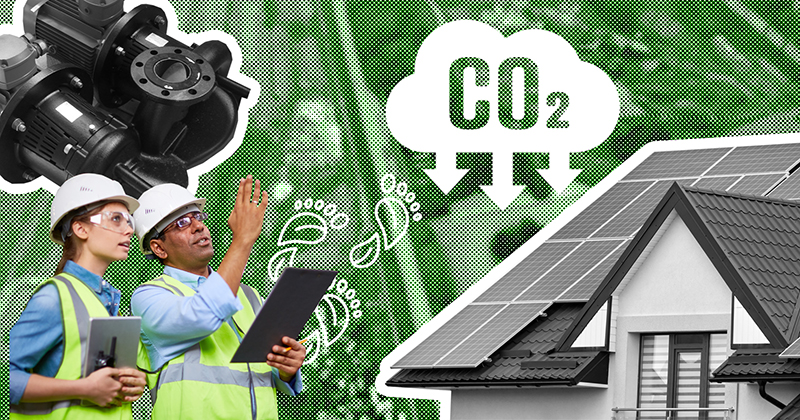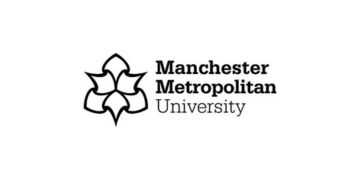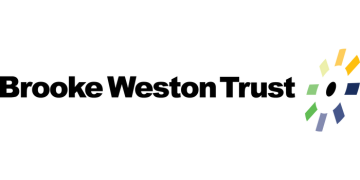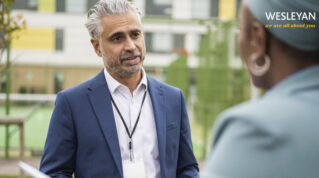The low-carbon skills fund and the school decarbonisation grants scheme have both been casualties of the latest series of government cuts. Now, schools and trusts face the challenge of putting their mandated climate action plans in place (and to meet targets) without them.
With the financial context we are all working in, how can we make meaningful progress on sustainability targets and ensure pupils and teachers have quality teaching environments?
Over the past year, our trust has been working with a community energy organisation (Sustainable Energy 24, known as SE24) to pilot a sustainability project, working initially with two of our schools.
Importantly for us, SE24 is community-focused, with a genuine a commitment to social impact and values that very much align with our own social mission.
The partnership has enabled us to install around £200,000-worth of LED lighting and solar panels without any upfront cost to the trust or the schools.
This solution is not only reducing our carbon footprint, but has also started delivering measurable savings already, with continued returns forecast over the next two decades.
The first phase of this project has taken place at Woodside Academy, a special school where quality lighting is crucial for learning environments. Every ceiling light was replaced with a high-efficiency LED equivalent – eliminating flicker and improving light levels.
And with the increased lifespan of LEDs, warrantied for 10 years, we will make energy consumption savings of up to 80 per cent. That’s a saving of around £2,000 per year on lighting costs alone.
SE24 has also installed hundreds of solar panels on Woodside’s roof, which will be enough to generate a significant proportion of the school’s energy requirements going forward.
Together, the LED and solar package will save the school almost £400,000 over 25 years and reduce carbon dioxide emissions by over 300 tonnes.
This package will save our school almost £400,000 over 25 years
Importantly for us as a trust, other related costs and processes have been supported. SE24 applied for and secured funding from the London Community Energy Fund on our behalf to support detailed feasibility reviews across our estate.
More than that, they have led the procurement and due diligence processes on each project. They navigated us through a complex legal and technical approval framework – areas that are typically time- and resource-intensive for trust teams – allowing us to keep out focus on our core business of education.
The deal is structured as a 16-year lease, with repayments made through our electricity usage at a favourable rate. Investors (many of whom are local) receive a return while knowing they are contributing to a socially and environmentally valuable project.
All maintenance is included for the duration of the lease, meaning no additional burden for our facilities teams throughout this period.
This is a mutually beneficial model: no upfront capital investment for us; immediate energy and cost savings; clear long-term financial gain; and real, measurable progress against our trust-wide sustainability targets.
Feasibility studies are now taking place in our other schools, with a further solar panel installation planned for Endeavour Academy (an SEMH school) in August.
We will then look at expanding this type of initiative across our whole trust, to ensure that every school can gain the same benefit.
In addition, this project is adding value to our curriculum, impacting positively on pupils. Learning about climate change and renewable energy really matters, and seeing more than 300 solar panels on your school roof brings sustainability very much to life in a tangible way.
Partnering with a diverse range of businesses and organisations within our community is important across all the work we do. It can help provide expertise we don’t have in-house, enabling us to develop innovative solutions based on industry best practice.
These are key considerations for school and trust leaders when balancing the ever-increasing pressures on our budgets.
Pioneering solutions that make both environmental and economic sense will continue to be key for all schools as we head towards 2050.
While projects like ours don’t remove the need for properly-funded government support to meet our net-zero targets, they do offer a proactive, sustainable and ultimately (an alternative) win-win approach.












Your thoughts